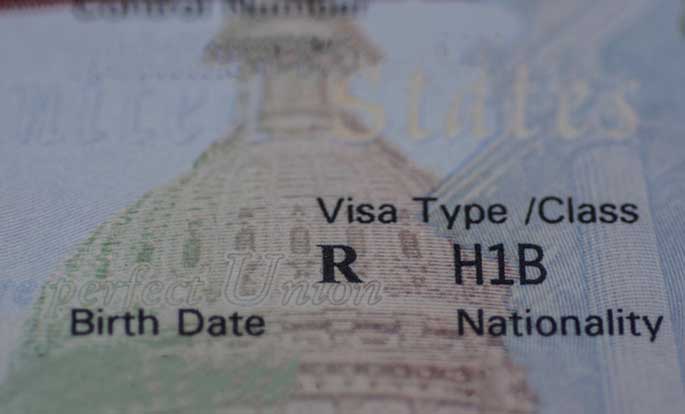Proposed Changes to the H-1B Lottery Structure

October 2025
USCIS has published a proposed rule for a new “weighted selection” methodology for the annual H-1B lottery, starting with the upcoming Fiscal Year 2027 lottery in March 2026. USCIS’ proposed rule would increase the number of H-1B lottery entries for foreign national beneficiaries based on the Department of Labor (DOL) Occupational Employment and Wage Statistics (OES) wage level that the H-1B employer will pay the beneficiary in H-1B status.
A foreign national offered a wage that meets or exceeds the applicable Level 4 OES wage for their occupation would have four entries in the H-1B cap lottery selection pool, while foreign nationals offered wages meeting the lower OES levels would have a number of entries corresponding with their offered wage level: three entries for Level 3, two entries for Level 2, and just one entry for Level 1. This would force employers to assess the applicable OES job code, corresponding DOL OES wage levels, and the offered wage for each foreign national before H-1B lottery registration. Employers using an alternate private wage survey, in lieu of OES wage data would have to identify the closest matching OES job code and select the highest OES wage level that the private survey’s wage meets or exceeds.
USCIS estimates the following impact on the odds selection for each OES wage level:
- 48% decrease in odds of selection for Level 1
- 3% increase in odds of selection for Level 2
- 55% increase in odds of selection for Level 3
- 107% increase in odds of selection for Level 4
The Department of Homeland Security (DHS) claims that this proposed weighted selection process will result in the allocation of H-1B visas to more highly skilled foreign workers. This is not an accurate assessment of the full impact of this proposed weighted selection methodology, particularly the potential disproportionate and burdensome impact on small, mid-sized, and nonprofit employers with lower pay scales than larger corporations. USCIS’ proposed rule is now published in the Federal Register and will remain in a “notice and comment” period through October 24, 2025. We encourage the submission of public comment online to provide feedback on the potential impact of this rule on your company.